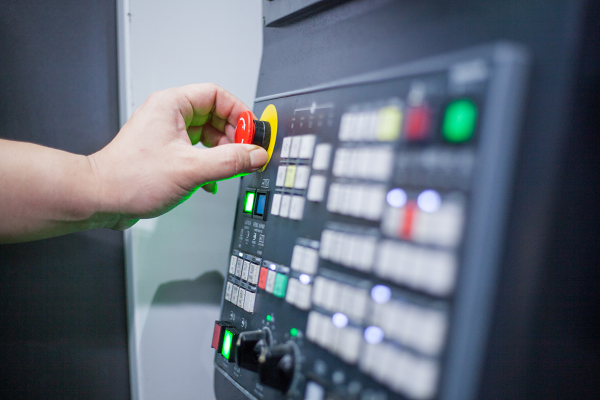After 2015, the global hydraulic market gradually entered a mature stage, and the scale growth rate gradually slowed down. Since 2012, the scale of the domestic hydraulic market has shown an upward trend year by year, showing a certain periodicity, and its proportion in the global market has gradually increased. According to the data disclosed by the China Hydraulic Pneumatic Seals Association, the proportion of the domestic hydraulic market in the world will increase rapidly from 27.7% in 2018 to 32.01% in 2020. It mainly benefits from the improvement in the prosperity of the downstream market. The 2021 "Government Work Report" proposes to arrange 3.65 trillion yuan of local government special bonds to optimize the use of bond funds, give priority to supporting projects under construction, and reasonably expand the scope of use. The investment in the central budget is 610 billion yuan. Continue to support major projects that promote coordinated regional development, promote the construction of "two new and one heavy", and implement a number of major engineering projects such as transportation, energy, and water conservancy, which will drive the prosperity of the construction machinery industry in the future.

The global hydraulic industry is highly concentrated, and the high-end market is monopolized by leading companies in the United States, Germany, Japan and other countries
Bosch Rexroth, Parker Hannifin, Eaton, Kawasaki Heavy Industries and other international giants have monopolized the global high-end hydraulic product market with their strong technical R&D strength and process accumulation. Taking 2019 as an example, based on operating income, the market shares of Bosch Rexroth, Parker Hannifin, Eaton, and Kawasaki Heavy Industries in 2019 were 19.7%, 9.7%, 7.2%, and 5.7%, respectively. The total market share of the four companies was 42.3%; KYB, Nabtesco, Hengli Hydraulics (51.300, 0.00, 0.00%), Aidi Precision (19.250, 0.00, 0.00%) market shares were 3.3%, 1.4%, 2.2%, 0.6%, respectively. The proportion of domestic manufacturers is still relatively low.

Due to the late start of the domestic market (in the 1950s), there is a gap with the international leaders in terms of technology accumulation and manufacturing operations, resulting in long-term dependence on imports of high-end hydraulic components. my country's hydraulic parts products are concentrated in the middle and low end of the value chain, and the penetration rate of high-end products is not high. The "14th Five-Year" Development Plan for the Foundry Industry pointed out that during the 14th Five-Year Plan period, it is necessary to focus on overcoming a number of key castings that affect the development bottleneck of the high-end equipment manufacturing industry. In this context, my country's high-end hydraulic parts products will usher in a good and healthy development environment, and it is expected to accelerate the import substitution of high-end hydraulic parts in the future.